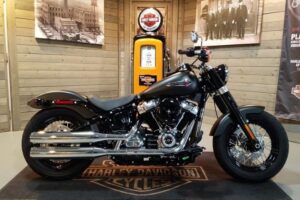What is a semi truck? Why is it called a semi truck? In this article, I’ll answer both of these questions. I’ll describe the history of the semi or semi truck and describe different types of semis.
The word semi truck is short for semi trailer truck. It is actually a trailer box that has a rear axle but has no front axle. The truck pulling the trailer is called a tractor in some places in the United States. In this configuration, the tractor/truck carries most of the load and not by the hitch in the trailer attachment.
Semi trucks have many other names, but they are still a vehicle combination consisting of a powered truck and one or more semi-trailers. In North America, they are called different names. Some people call them 18-wheelers, semi-trailers, semi-trailer trucks, big rigs, tractor-trailers, semi-tractor trailers, and so on.
The 4 main types or styles of semi trucks are as follows:
- Day Cab
- Raised Roof Sleeper
- Mid-roof Sleeper
- Flat Roof Sleeper
Read on to learn more about what is a semi truck. Also, why is it called a semi truck? I’ll describe the history of the semi truck and list different types of semi trucks.
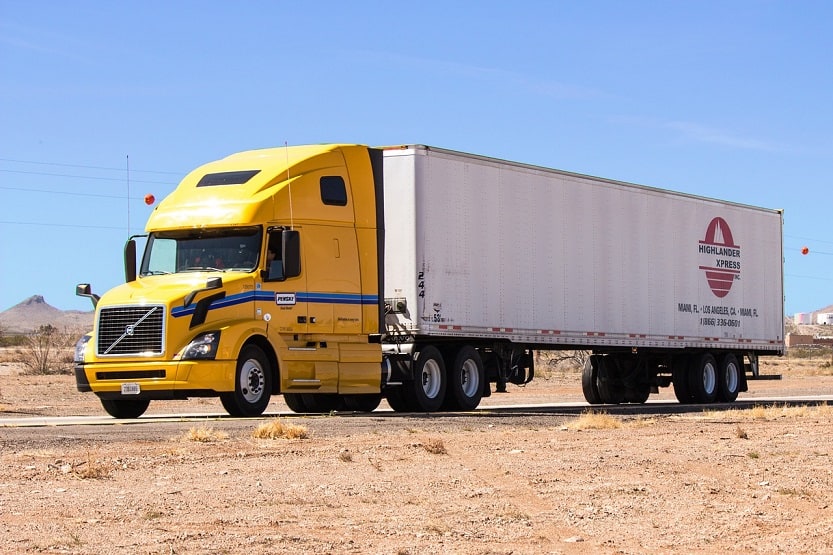
What Is a Semi Truck? Why Is It Called a Semi Truck?
The word semi truck is the most common term used when referring to the combination of a powered truck and its hitched trailer or trailers. In the trucking industry, the truck, powered by an engine, is called the tractor. It is the unit that pulls one or more semi-trailers to transport freight from one point to another.
In this configuration, a semi-trailer is attached to the tractor (or the powered truck) with a fifth-wheel coupling, which is called a hitch. The tractor or truck pulls a major portion of the cargo’s weight. The whole assembly is a truck and trailer configuration that is distinctly different from the standard truck and trailer. It is the main reason why they are called semi trucks.
As of 2016, there are about 2.8 million tractor-trailers or semi trucks in the United States. Their numbers have certainly increased by this time. These behemoths traveling our roads and highways do not have front wheels. They can only run when they are connected to the tractor or powered truck.
They have brakes that are automatically applied when the trailer is unattached or unhitched and resting. But when connected to the truck, the pressure from the engine-powered air pump will release the brakes so that the trailer can roll forward or backward. This is how the word semi-trailer, semi truck, and semi evolved.
Why Are They Called Tractor-trailers?
They are called this way because the tractor is the proper name for the machine that provides its power. The entire rig is also called a tractor-trailer unit.
As you know, a tractor is a big and powerful prime mover that provides traction to something that is hitched on it. A tractor is typically equipped with a heavy-duty engine that can provide motive power for hauling heavy loads (towed or trailered).
How the Term Semi Truck Came About
If they are so huge, why are they called semi trucks? It’s not about the size – it’s about the setup. Calling something a semi when it is actually very huge and weighs over 80,000 pounds is seemingly incorrect, right? Semi usually means a small part of something that is also small.
But it is not that way with semi trucks. Most semi trucks will dwarf average full-size pickup trucks, such as the Ford Ranger F-150 and Toyota Tundra. It has something to do with the attachment at the back of the tractor or powered truck or what it pulls behind it.
If you look at its mechanics, you will know why it is called a semi truck or semi-trailer. A full trailer has a front axle and rear axle. A truck or tractor tows it. But in a semi truck, there are no front wheels. Its front rests on the rear or back of the tractor or truck.
It’s how the term semi-trailer came about, and in its wake, the term semi truck. The long word is semi truck trailer. But as Americans want to shorten long names in more convenient ways, the word semi truck was born. Across the Atlantic, Britons call them articulated lorries or lorries for short.
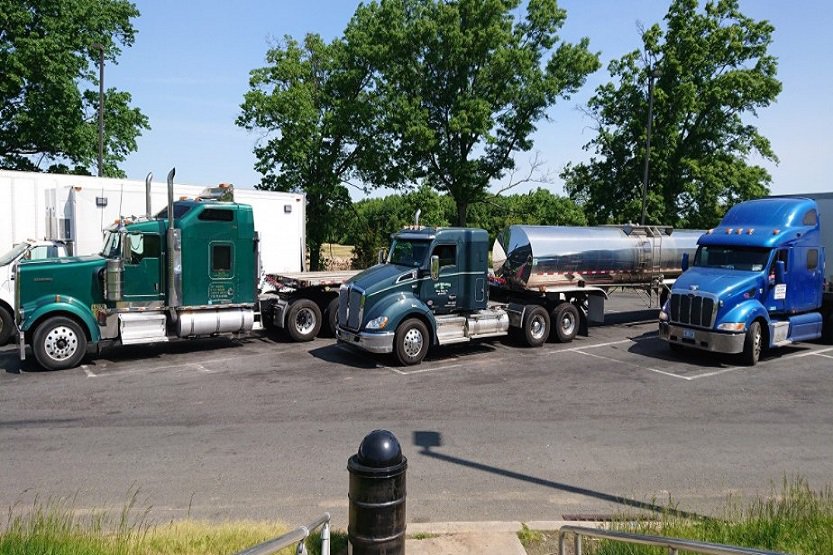
How Different Is a Semi Truck to a Tractor Trailer?
There are times when a semi truck would mean the actual truck where the engine is located. It can run by itself without a trailer hitched on its rear.
Sometimes, they are called tractor-trailers or 18-wheelers. This term refers to the truck and trailer configuration. The term 18-wheeler refers to the number of wheels installed in the trailer.
A trailer cannot run on its own. It must be hitched to the truck or tractor to be able to move.
How Much Weight Can Semi Trucks Haul?
Semi Trucks in the United States with a full 18-wheel trailer can carry approximately 80,000 pounds. But in the outback of far-away Australia, full rigs, known as road trains, can carry more than 300,000 pounds on four full trailers.
Importance of Semi Trucks in Our Daily Lives
What’s all this about? Do semi trucks affect your daily grind? Yes, they do in very large parts. Did you know that semi trucks deliver 68 percent of all American citizens’ consumer goods?
In real-life terms, that means they have delivered approximately 60,000 pounds of goods per American every year. Most probably, the food on your table wouldn’t be there if not for the billion miles that these trucks have to travel to provide you with goods.
On a bigger scale, semi trucks can operate as an integral part of an international or domestic transport infrastructure to support containerized cargo shipments. And in this connection, there are many types of modified flatbed train cars that can hold containers or cargo trailers with wheels.
We’ve answered the question, what is a semi truck? Also, why is it called a semi truck? Next, let’s look at the different styles or types of semi trucks and trailers.
4 Main Types of Semi Trucks
Not all semi trucks are the same. They vary according to their designs and purpose. There are at least four types of semi trucks rolling on our highways today. They are the following:
1. Day Cab
Day cabs are semi trucks used for day trips only. These trucks don’t have compartments for on-the-road overnight sleeping. Their main function is to haul big cargo loads on short trips that will only take one day.
2. Raised Roof Sleeper
Raised roof sleeper semi trucks have compartments attached to the cabin. They are used by the driver(s) for resting and sleeping. Some trucks have flat-screen TVs, high-end sound systems, and side storage towers. This type of semi truck has the highest roof that offers the best in space and driver comfort.
3. Mid-roof Sleeper
Mid-roof sleeper semi trucks have compartments where the driver(s) could rest and sleep. These compartments are attached to the cabin of the truck. Their sleeping quarters have storage compartments, beds, and TVs. The roofs of these semi trucks are slightly lower and more rounded than the raised roof sleepers.
4. Flat Roof Sleeper
Flat roof sleeper semi trucks also have compartments attached to the cabin. Driver(s) use these compartments for resting and sleeping. Usually, a semi-trailer of this style has a bunk bed and side storage compartments. There is less headspace in this style because of its flat design.
13 Different Types of Trailers
Many different types of trailers can be hitched to semi trucks. Some of the most common are the following:
1. Flatbed Trailers
These trailers have a load floor and removable side rails. There is also a bulkhead at the front to protect the truck or tractor if the load shifts. They are used to haul anything that can be strapped down or stacked on.
2. Van or Box Trailers
These trailers are simply metal boxes with wheels and doors at the back. Some have side doors as well. Their lengths range from 28 ft. (8.53 m) to 57 ft. (17.37 m) in North America.
3. Refrigerator Trailers
These are box trailers that have heating and cooling units called reefer with insulated walls. They are used to transport frozen goods, food, flowers, meat, and similar stuff.
4. Car Carrier Trailers
These trailers carry multiple cars, usually brand new, from carmakers. They can carry used cars as well. Some variants have designs that carry forklifts, agricultural tractors, and light commercial vehicles. Some trailers have a second deck, while some have a single deck for carrying bigger vehicles.
5. Curtain Siders
These trailers are similar to box trailers, but instead of a rigid wall, their sides consist of movable curtains made of reinforced fabric with waterproof coating for protection against wet and cold weather.
6. Deckers or Double Deckers
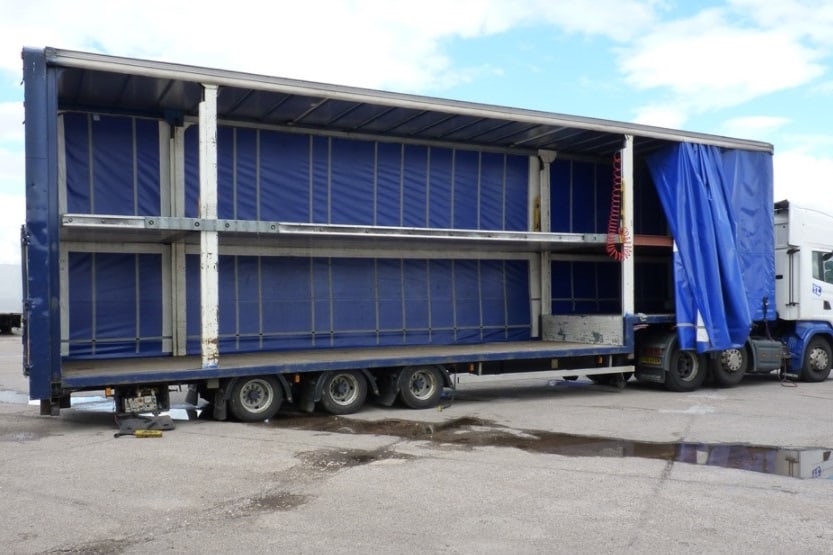
These trailers have two decks. The second or upper deck is either hinged, fixed, or movable. They are used to haul and transport goods in 40 pallets, compared to 26 pallets on standard trailers.
7. Livestock Trailers
These trailers are used to haul and transport livestock like pigs, cattle, horses, and sheep. They are typically made in two levels or decks to maximize their capacities.
8. Refrigerator Tank Trailers
These trailers are refrigerated and are well-insulated. They haul and transport liquids, such as water, milk, wine, liquid sugar, fruit juices, and other similar stuff.
9. Tanker or Tank Chassis Trailers
These trailers are used to haul and transport liquids, such as alcohol or gasoline, or different gases. They are generally bottom-loaded and have the ability to recover waste vapor for safety purposes.
10. Lowboy Trailers
These trailers have flatbeds and load floors that are very close to the ground. They are typically used to haul and transport heavy equipment, such as bulldozers, cranes, and other heavy stuff.
11. Dry Bulk Trailers
These trailers are similar to big tankers. But instead of liquid, they are used to transport and haul sand, cement, flour, barite, and other dry goods.
12. Side Lifter Trailers
These trailers are equipped with hydraulic cranes mounted at the front and back of the chassis. It enables the loading and unloading of shipping containers without using a forklift or other container-handling equipment.
13. Other Types of Trailers
Some of the lesser-known types of trailers are drop-deck, hopper bottoms, Conestoga, inloaders, side bay, live bottom, intermodal, and dump trailers.
Who Drives Semi Trucks?
You may be a professional driver, but a semi truck is very difficult to drive if you are not used to it. So, who drives them? In the United States, there are about 3.2 million long-haul truck drivers. They can easily pilot semi trucks with vehicle weight ratings of more than 26,000 pounds.
They are used to driving day and night on a shifting schedule. That is the purpose of the sleeper cabs with comfort amenities to help them complete their missions. They are the silent heroes of our modern world, delivering goods that will make us happy and comfortable.
Conclusion – What Is a Semi Truck? Why Is It Called a Semi Truck?
So, to recap, what is a semi truck? Why is it called a semi truck? The word semi is short for semi-trailer. It is a trailer box that has a rear axle but has no front axle.
The truck pulling the trailer is called a tractor in some U.S. places. In this configuration, the tractor (not by the hitch in the trailer attachment) carries a big part of the load.
The 4 main types of semi trucks are as follows:
- Day Cab
- Raised Roof Sleeper
- Mid-roof Sleeper
- Flat Roof Sleeper
Related reading:
How Much Does a Semi Truck Weigh? [With and Without Trailer]
How Much Does a Pickup Truck Weigh?

![How Much Does a Semi Truck Weigh? [With and Without Trailer] how much does a semi truck weigh](https://roadsumo.com/wp-content/uploads/2021/06/how-much-does-a-semi-truck-weigh-150x150.jpg)
![Bobtail Truck [What Is It? Why Is It Called a Bobtail?] bobtail truck](https://roadsumo.com/wp-content/uploads/2021/06/bobtail-truck-150x150.jpg)
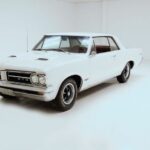
![What Is the Front of a Car Called? [All About the Front] what is the front of a car called](https://roadsumo.com/wp-content/uploads/2022/05/what-is-the-front-of-a-car-called-150x150.jpg)

![Battery Light on Dashboard [9 Reasons Why It's On] battery light on dashboard](https://roadsumo.com/wp-content/uploads/2022/03/battery-light-on-dashboard-150x150.jpg)
